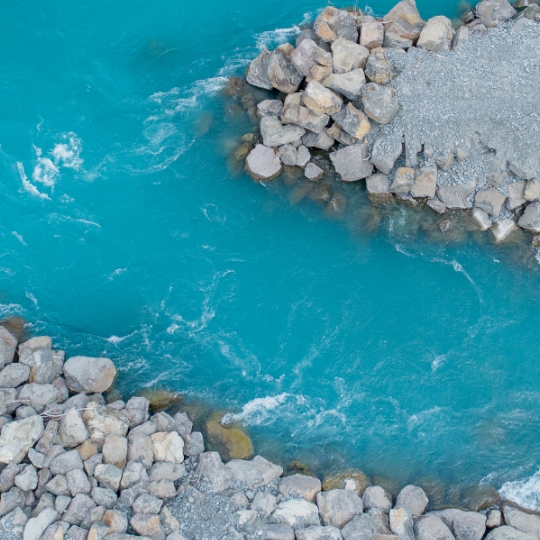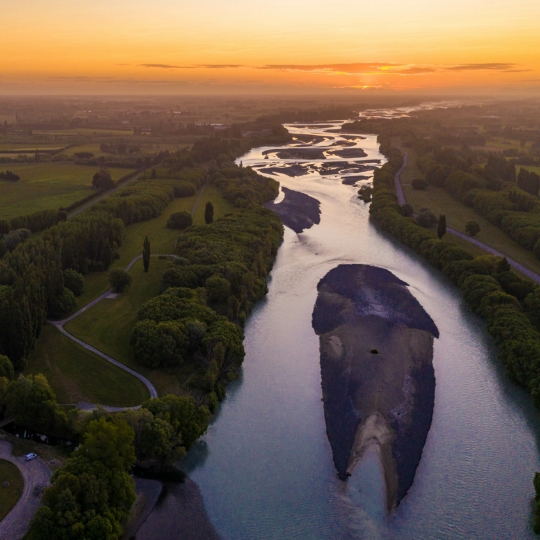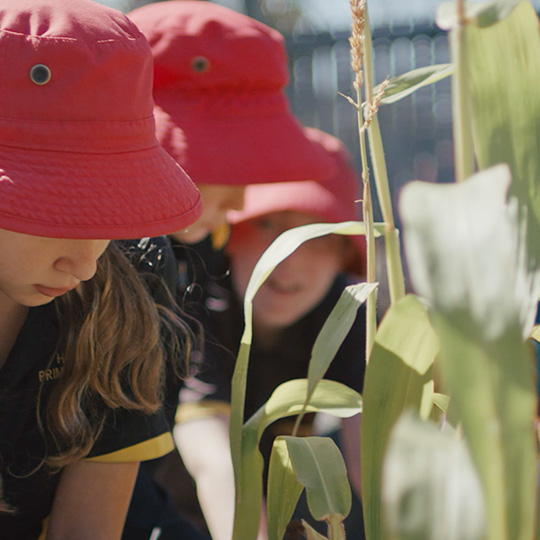

Awa.
Restoring the mauri of the awa.
The global climate models indicate that Canterbury is likely to experience an overall increase in drought across the region over the next 20 years. Modelling shows we will experience more frequent, and potentially more severe, droughts through a combination of higher than average temperatures, reduced average rainfall, and greater variability of rainfall. Without interventions now, waterway quality and quantity will be impacted. Halting the decline in Canterbury’s waterway biodiversity, and sustaining it into the future, is of vital importance. The Waikirikiri/Selwyn Near River Recharge project is a multi-million-dollar scheme to enhance cultural, environmental, and recreational values in the region by discharging clean Rakaia River water into the groundwater system near the Waikirikiri/ Selwyn River during dry periods. This is believed to be the largest capacity Near River Recharge project in the world – specifically focused on the protection and enhancement of cultural, environmental, and recreational objectives.
Replenishing and sustaining ecology.
The project aims to replenish clean river water in the groundwater system near the Waikirikiri / Selwyn River during dry periods. The application of water to the ground surface does not result in the direct mixing of waters from different catchments and has been assessed against Papatipu Rūnanga values. The soils, gravels and plant roots effectively filter the water, like a wetland water filtration system. Aiming to increase groundwater levels and flows in the Waikirikiri / Selwyn River and Hororata River during dry periods, creating a better habitat for Canterbury mudfish Kōwaro – the most threatened of New Zealand’s mudfish species and considered a taonga species. The edges of the recharge basin have also been planted with native seedlings and plant species to encourage native birds to nest nearby.


